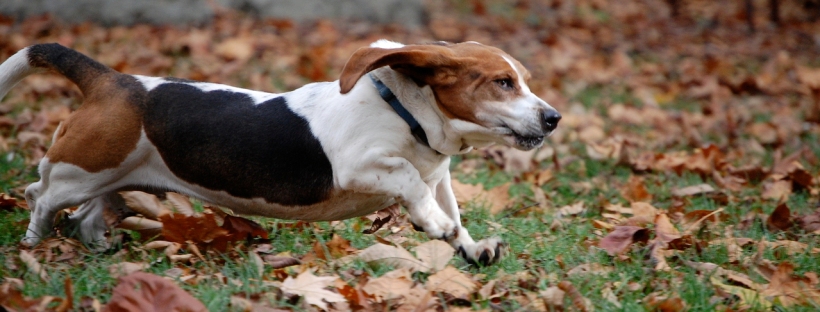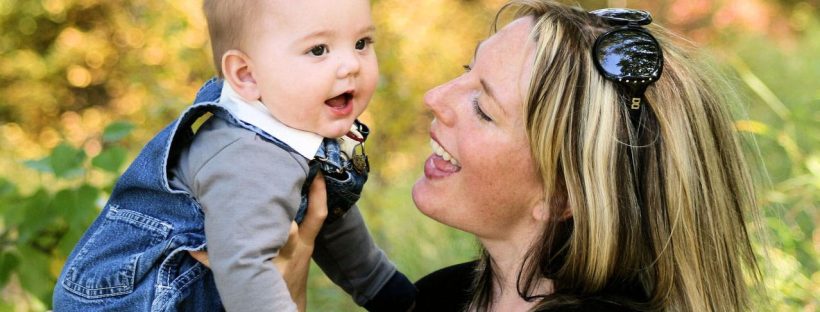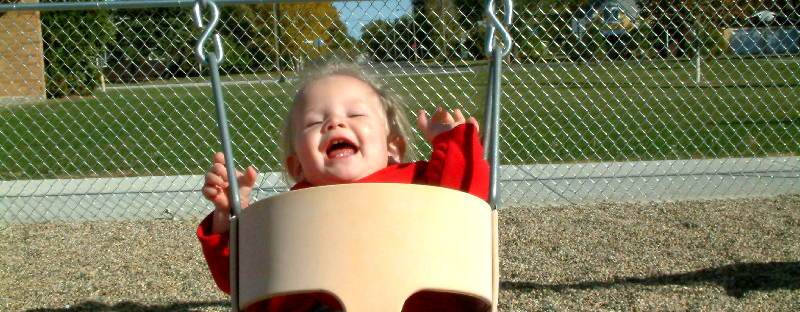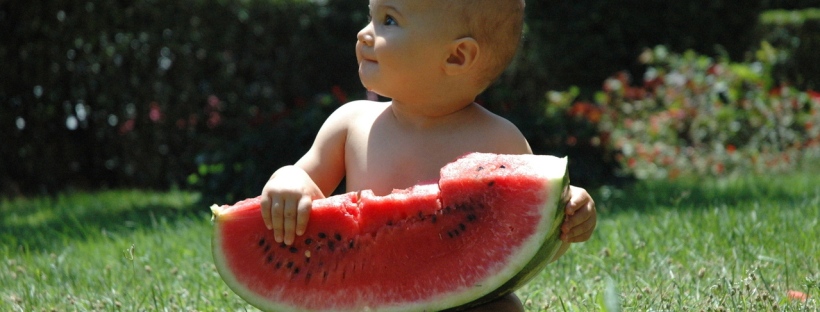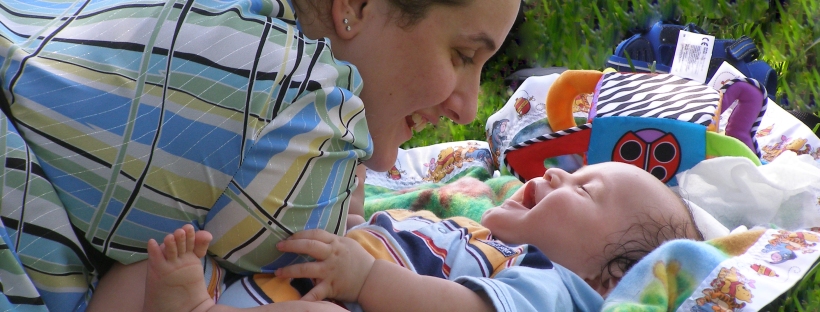The months of play times on their tummy and perfecting their roll has now set your baby up to sit on their own. Some parents will put their baby in the sitting position and catch them when they topple over. This usually means the baby is not truly ready to sit on their own. Babies’ muscles need to be strong enough to hold their body upright, with good posture and alignment of the spine, while fending off gravity. Babies need to perfect the art of rolling both ways before they can tackle more advanced skills such as: pushing to sit from laying down or getting out of the sitting position.
If your baby has not learned to roll both ways yet, focus on practicing that versus letting her sit prematurely. Allow her to develop the muscles and balance to push herself to a sitting position. If your baby is rolling both ways and is beginning to try to push to sit, encourage and support her just enough to help the learning process while allowing her to exercise those muscles and doing it on her own giving her a sense of independence. If your baby has been able to sit, allow her to perfect this skill and movement through enticing her to sit up or lay back down through play. This will help your baby not just meet but master this milestone.
6-9 Months


